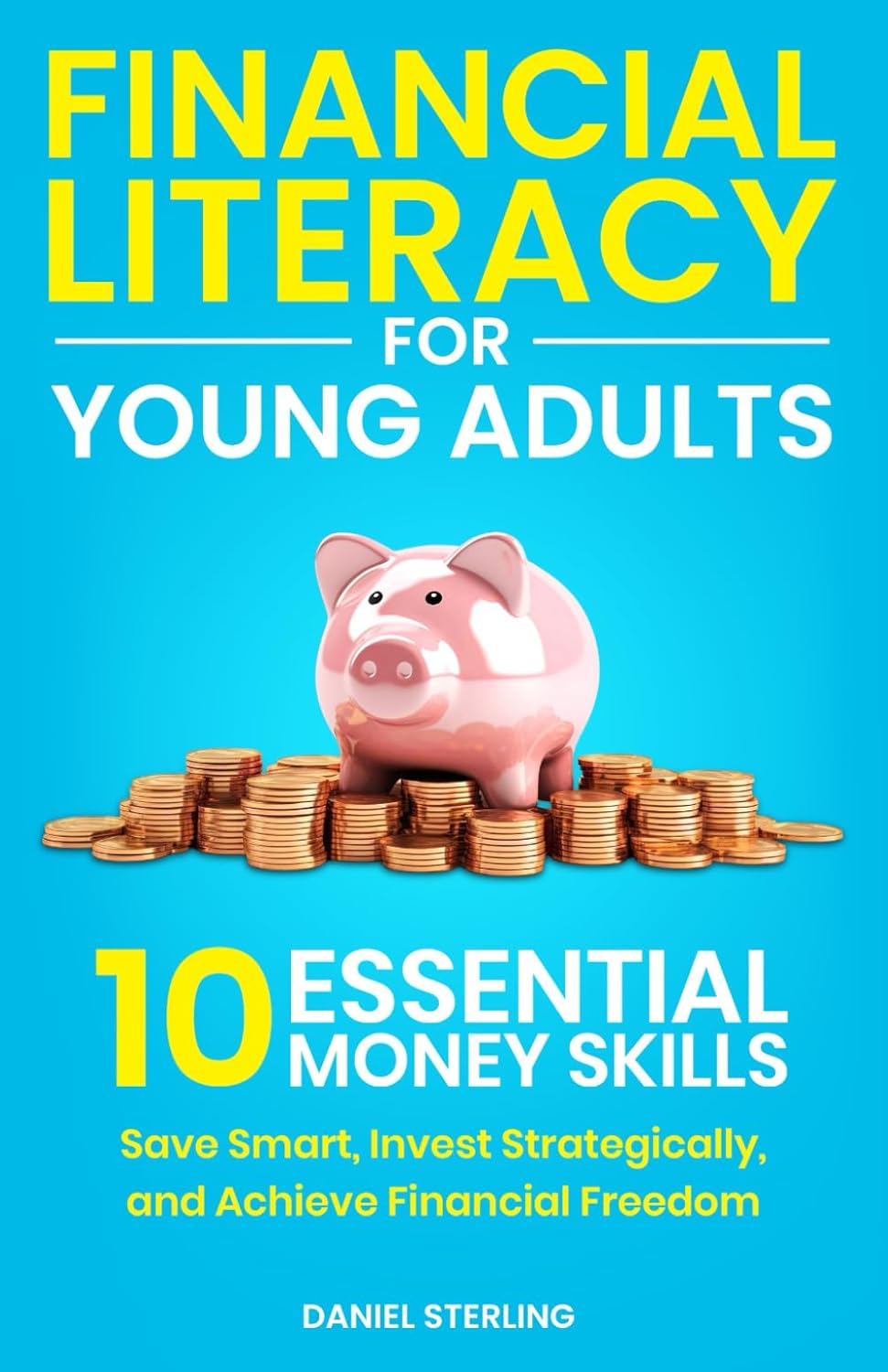Book Review: Financial Literacy for Young Adults
As an avid reader and someone who is passionate about personal finance, I was instantly drawn to Financial Literacy for Young Adults. With the promise that you don’t need to be a financial genius to build a life of freedom through ten essential money skills, I was curious to see how practical and relatable the guidance would be for young readers navigating today’s complex financial landscape.
What I found within these pages was both enlightening and encouraging. This book addresses a striking reality: many of us haven’t received real education about money—either in school, at home, or in society at large. The author shares their personal experiences, from being overwhelmed by financial pressures to finally learning sustainable budgeting and investing strategies. This genuine account struck a chord with me, as it highlighted the disconnect so many young adults feel regarding financial literacy.
One of the book’s standout features is its clear and accessible writing style. It breaks down complex concepts into manageable and relatable segments. For example, the SMART framework for goal setting is introduced early on, allowing readers to prioritize and achieve their financial aspirations effectively. This mirrors what other readers, like Nicole Ennen, praised; the book provides concrete steps that readers can put into practice right away.
Another positive aspect is the comprehensive nature of the content. It thoroughly covers essential skills that every young adult should know, from budgeting and saving on a tight budget to understanding credit. I particularly appreciated the practical strategies for saving; I found myself nodding in agreement as I read about approaches that do not require sacrificing all of life’s little pleasures, a sentiment echoed by Joanne Bergeron in her glowing review.
However, the book is not without its drawbacks. One recurring critique was the organization of the content. A few readers, including Jonas P., pointed out that the formatting could be improved. In the eBook version, for instance, the absence of a table of contents made navigation challenging. While I didn’t find this too disruptive, I can see how it might frustrate others looking for a smoother reading experience.
Moreover, while the book is certainly informative, it could have delved deeper into certain fundamental financial concepts, like understanding what money truly is and the implications of fiat currency. I agree with ChefDann’s observation that a more critical discussion around such topics might have added substantial value to the overall message. There are many intricacies within personal finance that are glossed over—such as potential downsides of conventional saving and borrowing practices.
Still, I found the book to fulfill its promise of making financial literacy approachable and actionable. The practical tools provided can empower readers to take control of their finances long before adulthood fully sinks in. The step-by-step guides for setting financial goals and building an emergency fund were particularly useful and can set a positive tone for those just starting their financial journey.
In conclusion, Financial Literacy for Young Adults is an indispensable guide for anyone looking to build a strong financial foundation. It does an excellent job of demystifying financial concepts and presents realistic strategies for young adults. While it has its shortcomings in organization and depth, the overall experience is largely positive and provides a solid roadmap toward financial freedom. I wholeheartedly recommend it not only to young adults but also to anyone seeking clarity in their financial life. This book could very well be a life-changer if you’re ready to take that first step.
Unlock your financial future with essential skills from “Financial Literacy for Young Adults.” >>








